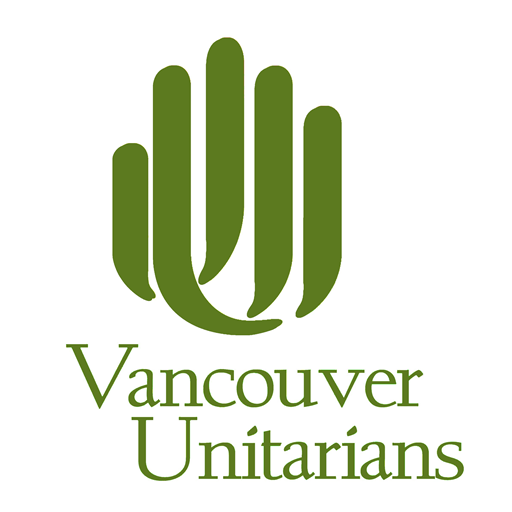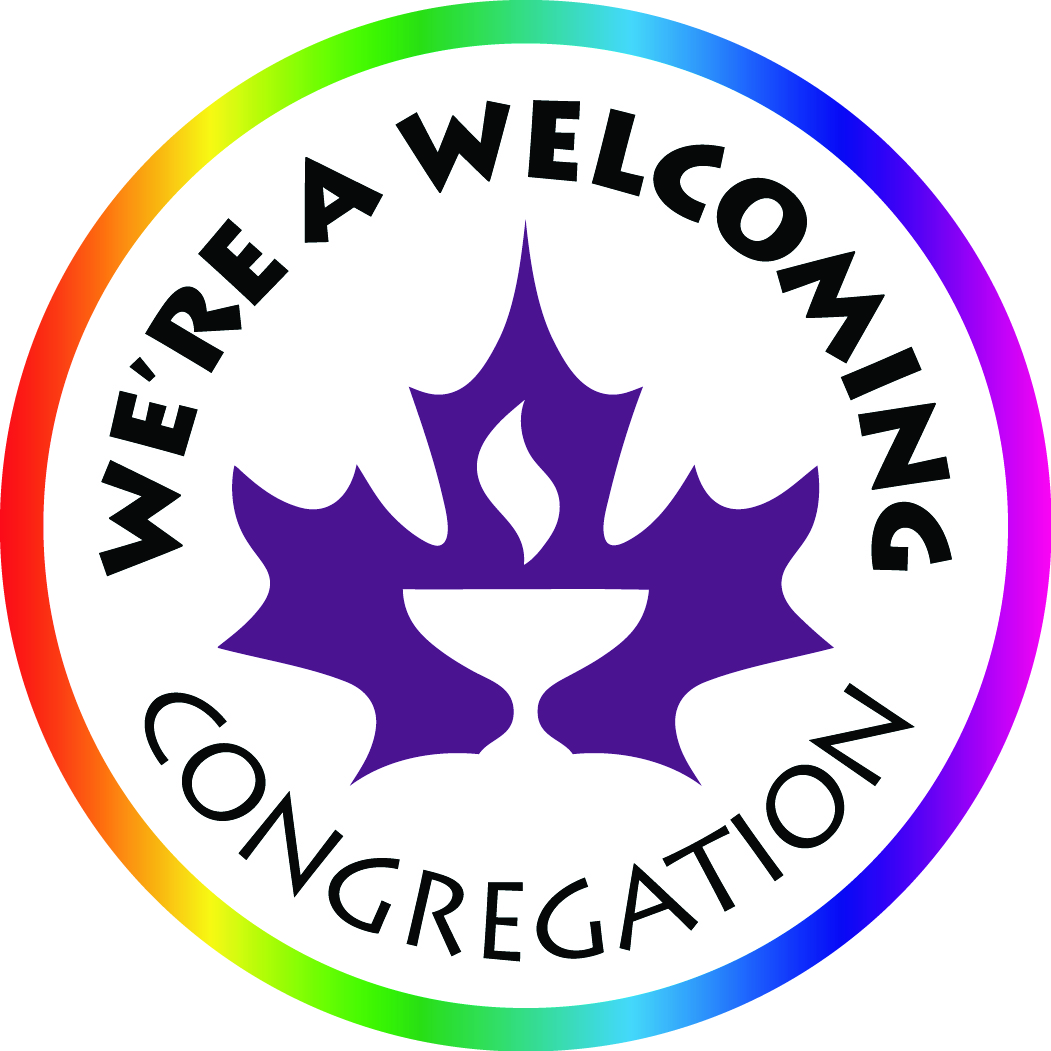Some of the activities of Ministerial Transition Team (MTT) include:
- Two forums in 2021 to discuss the work of the Ministerial Transition Team. You can find information and video recordings on the forum pages:
- The Decision-Making Task Force (DMTF) examined the 4-year campus redevelopment exploration. The DMTF final report provides recommendations for decision-making in future projects and processes, including how both UCV leadership and members can support them. See more about this important work here.
- The Congregational Identity Team (CIT) lead the Identity phase of our ministerial transition. They compiled feedback from 130 congregants to provide a clear picture of how we see ourselves now and what we hope for in our future. You can find out about the work they did here.
The following paragraphs explain and describe the ministerial transition process we embarked on in September, 2020.
The Unitarian experience shows that it’s best to have a period of transition after a settled minister leaves so that we can, collectively, honour our past, examine both our strengths and our limitations, and strengthen our ties as we prepare to move forward.
 This intentional transitional period is an opportunity for some breathing space, to honour and let go of the past and to move into the future with renewed intention. It is a time during which we can review our goals, examine both our strengths and our limitations, assess our programs, rethink how we make decisions, determine the ways we can be more inclusive, and strengthen our ties as we prepare to move forward and to grow into and own our identity, independent of the past ministry. This is the future we will create together, as a community of faith.
This intentional transitional period is an opportunity for some breathing space, to honour and let go of the past and to move into the future with renewed intention. It is a time during which we can review our goals, examine both our strengths and our limitations, assess our programs, rethink how we make decisions, determine the ways we can be more inclusive, and strengthen our ties as we prepare to move forward and to grow into and own our identity, independent of the past ministry. This is the future we will create together, as a community of faith.
Our intentional transition can be exciting, even transformative, when we engage fully in self-examination and renewal. The period of interim ministry is not a time to sit back; it’s a time to re-examine who we are and what we want, to step up and into the future we envision, to build a bridge from what was to what will be.
We will, in this transition process, review our history, evaluate our present, identify our strengths and needs, clarify our vision and then be well positioned to choose the right minister to accompany us into our chosen future. These are the tasks that we as a congregation must complete in order to successfully navigate the transition from one settled ministry to the next.
Our interim minister, Reverend Lara Cowtan, will guide us through this process, providing a fresh perspective and holding up a mirror so we can see ourselves, our strengths, and our needs more clearly. She cannot do this work for us, but she will guide us, with important support from the Ministerial Transition Team (MTT)
Here are some of the ways the Ministerial Transition Team will support our transition:
- We will help people in our community to better understand interim ministry as a congregation-enhancing and enriching process of review, reflection, discovery and rediscovery, connection and reconnection
- We will share information and resources – articles, books, talks, videos.
- We will provide guidance and structure for some of the key tasks, or projects, we will take on to help us navigate this transition
- We will provide regular updates on where we are, how we are doing, what we are learning, and where we are going
We see our role as helping us all to walk together as we explore and traverse The Road Ahead. We can, so we must. We are doers.
Our UCV Congregational History Wall
You are invited to contribute to the UCV Congregational History Wall. There are two ways to participate: you may contribute to the in-person history wall (in Hewett Centre) where a member of the Ministerial Transition Team will help you to write your recollections and affix them at appropriate points (by appointment only). You may also contribute to our history wall online! Photos, writing, and documents are all welcome contributions. Click “learn more” to see examples of contributions, and find more information about how to participate.
Learn More About the History Wall
Our Team
The members of the MTT are Lynn Armstrong, Rob Dainow, Olivia Hall, Leslie Hill, Michael O’Neil, Paul Prescod, Tamiko Suzuki, and Naomi Taylor. Please contact any of us if you want to know more about our interim ministry transition and the work of the MTT
A Message from Reverend Lara about our Congregational History Wall, Oct. 11, 2020
“The UCV Congregational History Wall is a key piece in our work together, the telling of the story of UCV, the whole story. A multi-dimensional portrayal of all the celebrations, achievements, characters, milestones, the hard times and the good, the silly anecdotes and heartbreaking losses and even some uncomfortable truths. Like all stories, the learning is in the layers, in the angles and multiple voices. From this, you will see where you have come from, where you are now and be able to look with clarity into the future. Please, add your voice to UCV’s story.”
Excerpt: Lara's Remarks From Sept 13 Service
This transitional period is an opportunity for some breathing space, to honour and let go of the past and move into the future with renewed intention. It is a time during which the congregation can review its goals, assess its programs, rethink how decisions are made and determine if there are ways to be more inclusive. This is a time for UCV to “tune up” for a new era, to grow into and own its identity, independent of the past ministry. Intentional transition can be exciting, even transformative, when devoted to self-examination and renewal. A palate cleanser, one might say.
During our time together, you will be reviewing your history, evaluating your present, identifying your strengths and needs, clarifying your vision and choosing the minister who will accompany you into that chosen future. These are the tasks a congregation must complete in order to successfully navigate the transition from one settled ministry to the next. I cannot do this work for you, but I will guide you with the Transitions Team
Excerpt: The History, Philosophy, and Impact of Interim Ministry”, by Margaret Keip – In The Interim
Interim ministry intentionally focuses on what we do when life happens and the future breaks open.
Interim ministry engages with the downsides and upsides of life, of change. It builds a bridge from what was to what will be.
If the interim minister is to help a congregation reap the benefits of working through the interim tasks, the first job is to get them to slow down, pay attention, and commit themselves to taking the time required.
The congregation is trailblazing its way into its future with the present help of this hired guide—present as in “here and now”; present as in “freely given.” Transition times are alive with opportunity—to discover, to explore, to practice, to try on ideas without necessarily having to commit to them first. And the freedom inherent in such fluid experience is transformative for a congregation.
Interim ministry requires a consultant attitude. The congregation is a you, not a we. And always there is the implied if: If you want to become, in fact, the congregation you say you dream of being, these are the issues you need to attend to.
From: “The History, Philosophy, and Impact of Interim Ministry”, in Kron, Keith, In the Interim: Strategies for Interim Ministers and Congregations, Second Edition, 2017.
__________________________
* Margaret Keip served the Unitarian Universalist Church of the Monterey Peninsula for 25 years with her co-minister husband, Fred. She went on to serve as interim minister to 6 congregation, all but one in the Pacific Western region. She is now contentedly retired in Grants Pass, Oregon.
Excerpt: UUA Transitional Ministry Handbook - What is Transitional Ministry?
Transitional ministry covers the time when a congregation is under intentional transition from one ministry to the next. Most people think of interim ministry as transitional ministry, and it is that. A congregation moves from one settled ministry to its next settled ministry with the help of an interim minister, who assists the congregation on this journey.
Excerpt: Coming to Terms with History, by David Keyes – from In The Interim
“Every congregation lives in dialogue with its past. Every congregation is strengthened immeasurably by its history, but every congregation has also been deeply wounded by its past. It is both the heir and the victim of its story. Affection transition ministry begins with a long look in the rearview mirror, where we must read the admonition: ‘Objects may be closer than they appear.’”
Excerpt: from Lara's Briefing Email
The fundamental transition period tasks of the congregation, framed as Focus Points, are to successfully navigate the:
HERITAGE– Reviewing how the congregation has been shaped and formed.
LEADERSHIP– Reviewing the member needs and its ways of organizing and developing new and effective leadership
MISSION– Defining and redefining sense of purpose and direction
CONNECTIONS– Discovering all the relationships a faith community builds outside of itself
FUTURE– Developing congregational and pastoral profiles
One of the first exercises we will do is create an interactive congregational history. The TT would assist in advertising for this activity and arrange meetings to engage people to do this online. Also, creating regular monthly newsletter articles to keep people involved and aware of what to expect during the transition time.
Excerpt: from the Janus Workbook
The five developmental task that a congregation in the interim must accomplish if its successor ministry is to be effective.
- Claiming and honoring its past and healing its griefs and conflicts
- Illuminating the congregation’s unique identity, its strengths, its needs, and its challenges.
- Clarifying the multiple dimensions of leadership, both ordained and lay, and navigating the shifts in leadership that accompany times of transition.
- Renewing connections with available resources within and beyond the UUA.
- Enabling the congregation to renew its vision, strengthen its stewardship, prepare for new professional leadership, and engage its future with anticipation and zest.
More tersely, in the earlier Alban publication, Critical Moment of Ministry, Loren Mead identified these tasks as:
- Coming to terms with history.
- Discovering a new identity.
- Allowing needed leadership to emerge.
- Renewing denominational linkages.
- Committing to new directions in ministry.
These five tasks address the developmental challenges facing a congregation in transition.
Excerpt: From the Interim Ministry Covenant
One of the vital tasks a congregation in transition needs to accomplish during its interim is to understand its history, anger, grief, habits and achievements.
1.2.5.1 Heritage: Reviewing how the Congregation has been shaped and formed; encouraging and hearing all of the stories about the Congregation’s past, as the foundation upon with the present rests; and embracing the rich variety that makes up the Congregation.
1.2.5.2 Leadership: Reviewing the membership needs and its ways of organizing and developing new and effective leadership; providing opportunity for individuals and the Congregational organization to examine the types of leadership needed for new leaders to emerge, and for seasoned leaders to recommit or to refocus their gifts.
1.2.5.3 Mission: Defining and redefining sense of purpose and direction; clarifying the faith community’s identity and core values; working to develop, update, and revitalize mission and vision statements; and reviewing strategic and tactical plans including stewardship and the financial health of the congregation.
1.2.5.4 Connections: Discovering and revitalizing all the association, interfaith, and community relationships a congregation builds outside of itself; and re-assessing old links and considering new ones.
1.2.5.5 Future: Developing congregational and pastoral profiles that position the congregation for its next ministry, including a healthy and honest assessment of the other focus points so that the congregation can turn its energy toward proactive decision-making for the future.
 This intentional transitional period is an opportunity for some breathing space, to honour and let go of the past and to move into the future with renewed intention. It is a time during which we can review our goals, examine both our strengths and our limitations, assess our programs, rethink how we make decisions, determine the ways we can be more inclusive, and strengthen our ties as we prepare to move forward and to grow into and own our identity, independent of the past ministry. This is the future we will create together, as a community of faith.
This intentional transitional period is an opportunity for some breathing space, to honour and let go of the past and to move into the future with renewed intention. It is a time during which we can review our goals, examine both our strengths and our limitations, assess our programs, rethink how we make decisions, determine the ways we can be more inclusive, and strengthen our ties as we prepare to move forward and to grow into and own our identity, independent of the past ministry. This is the future we will create together, as a community of faith.


You must be logged in to post a comment.